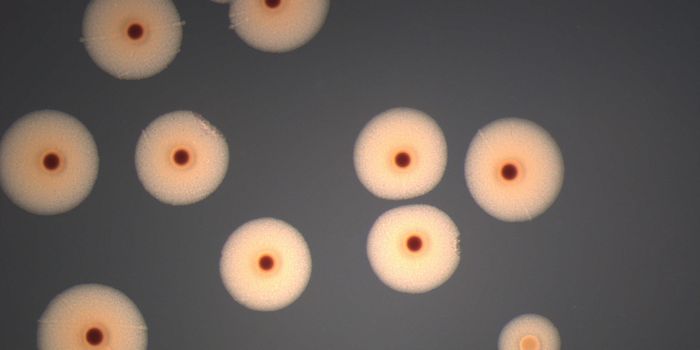New Ultrasound Treatment for Parkinson's Tremors
A non-invasive ultrasound procedure may provide lasting relief from tremors in people with Parkinson’s disease (PD) and essential tremor (ET), according to a small study from Italy.
Tremors are rhythmic, involuntary muscle movements that lead to shaking in the body, typically in the hands. Characteristic of motor system disorders including PD and ET, conventional treatment options for this symptom include exercise and various medications. Should these fail, deep brain stimulation is usually recommended. A surgical procedure in which a small electrode is implanted in the brain connected to a pulse generator implanted in the chest, it is highly invasive and costly.
Now, however, another option is available for handling these tremors which, according to new research, may be just as effective, if not more so. Known as magnetic resonance-guided focused ultrasound thalamotomy (MRgFUS), the treatment works by focusing beams of sound energy on the thalamus to heat, and eventually destroy a small part of its structure. In doing so, the procedure relieves the opposite side of the body, meaning that treatment to the left side of the brain relieves tremors on the right side of the body and vice versa.
An incisionless and minimally-invasive approach, the treatment has may advantages over deep brain stimulation, such as a reduced risk of complications from bleeding and infections. Additionally, the approach has shown to have immediate effects and requires less aftercare, unlike deep brain stimulation which requires a break-in period for the electro stimulation as well as longer postoperative hospitalization.
For the study, Dr. Federco Bruno, a radiologist in the Department of Biotechnical and Applied Clinical Sciences at the University of L’Aquila, Italy, and his team involved 39 patients, at an average of 64.5 year old old. Within the group, 18 had ET, and 21 had PD, each experiencing symptoms for over 10 years.
After receiving the treatment, 37 out of the 39 patients (or 95%) saw immediate and substantial reductions in their tremors. These results were then sustained in follow-up evaluations, with quality of life evaluations showing significant improvements in both those with PD and ET.
Although MRgFUS thalamotomy is only available at few sites worldwide, Dr Bruno says that this may change as research on its efficacy as a treatment become more widespread. In the meantime, future research on this treatment will look into treating both sides of the thalamus, as well as seeing how it be applied to other neurological conditions such as epilepsy, neuropathic pain and brain tumors.
Sources: WebMD, EurekAlert and Medical News Today









